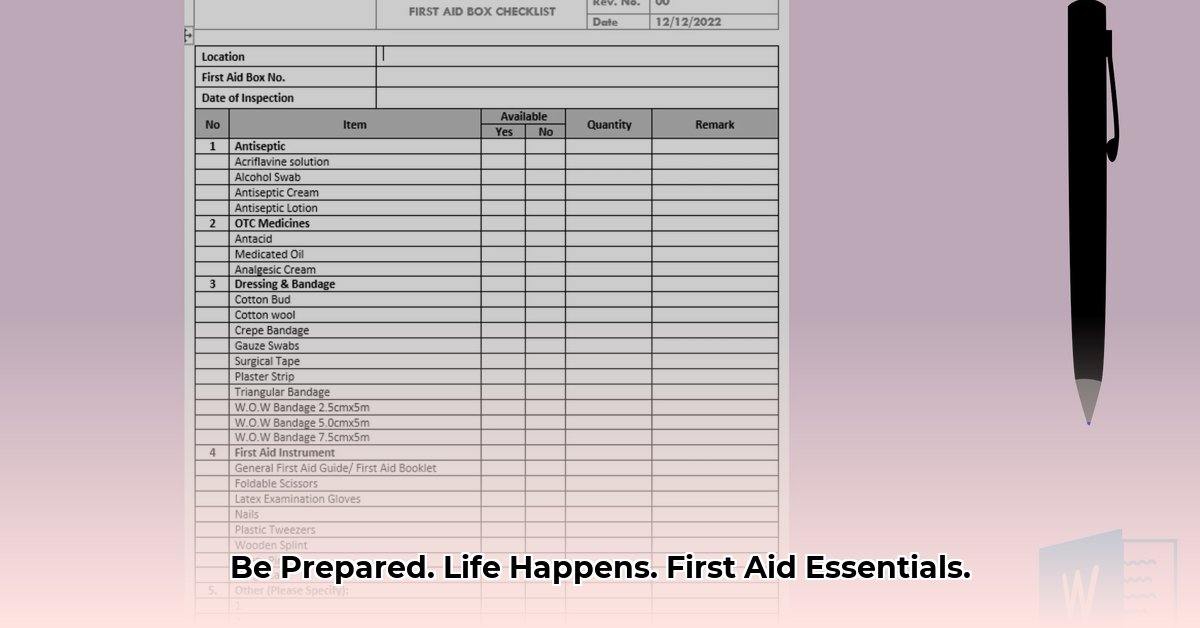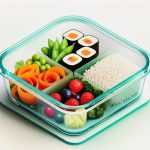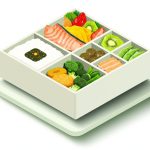Accidents happen. Whether it’s a scraped knee on the playground or a more serious incident on a hike, being prepared can make all the difference. This guide provides comprehensive instructions for building and maintaining a first aid kit tailored to your specific needs.
Assessing Your Needs
Before gathering supplies, consider where your kit will be used (home, car, travel) and who will be using it. A family with young children, for example, will have different needs than a single adult. Think about potential hazards related to your lifestyle and activities. Do you frequently hike? Work with power tools? This assessment helps prioritize essential items.
Essential Supplies: A Categorized Checklist
Use the following categories as a checklist while assembling your kit. A downloadable checklist is available here. (Note: This is a placeholder link. Replace with actual link.)
Wound Care
- Adhesive Bandages (Variety Pack): Include various shapes and sizes.
- Sterile Gauze Pads (Different Sizes): Essential for covering larger wounds and applying pressure to stop bleeding.
- Adhesive Cloth Tape (Medical Grade): Secure gauze and bandages.
- Antibiotic Ointment Packets: Help prevent infection in minor wounds.
- Antiseptic Wipes: Clean wounds before bandaging.
- Elastic Wrap Bandages: Support sprains and strains, reducing swelling.
- Bandage Strips (Butterfly Bandages): Close small cuts, especially in awkward areas.
- Tweezers (Pointed Tip): Remove splinters and ticks.
- Scissors (Small and Sharp): Cut bandages and tape.
- Safety Pins: Secure bandages, create slings, or repair clothing.
- Roller Gauze: Useful for securing larger dressings.
- Non-Adherent Pads: Prevent bandages from sticking to wounds.
Medications and Topicals
- Pain Relievers (Ibuprofen or Acetaminophen): Manage pain and fever. Always follow dosage guidelines and consult with a doctor before giving these medications to children or individuals with pre-existing conditions.
- Antihistamine (Diphenhydramine or similar): Relieve allergy symptoms. Be aware of potential drowsiness.
- Hydrocortisone Cream: Soothe itching and inflammation from insect bites or rashes.
- Calamine Lotion: Relieve itching from poison ivy, chickenpox, or insect bites.
- Aloe Vera Gel: Soothe minor burns.
Important Note: Medications in your first aid kit are for temporary relief only. Always check expiration dates regularly and consult with a doctor or pharmacist before using any medication, especially if you have underlying health conditions or are giving medication to children. Current research suggests that including both ibuprofen and acetaminophen can provide a wider range of pain relief options. However, always follow medical advice before combining or administering any medications.
Emergency Items
- Emergency Blanket (Space Blanket): Retain body heat in cold or wet conditions.
- Breathing Barrier (with One-Way Valve): Critical for providing CPR safely.
- Instant Cold Compress: Reduce swelling and pain for bumps, bruises, and sprains.
- Non-Latex Gloves: Protect yourself from bodily fluids and prevent infection.
- Digital Thermometer: Accurately check for fever.
- Triangular Bandages: Create slings, immobilize limbs, or apply pressure.
- CPR Face Shield: Additional protection during CPR.
- Whistle: Signal for help in emergencies.
- First Aid Manual: A comprehensive guide for various injuries and illnesses.
Kit Organization & Maintenance
Choose a durable, water-resistant container. Clearly label everything and organize items by category (e.g., wound care, medications, emergency supplies) using pouches or compartments. Store your kit in a readily accessible location, but out of reach of small children.
Regularly check your kit (at least twice a year) for expired medications, depleted supplies, and damaged items. Replace as needed. Restock immediately after using any item.
Tailoring Your Kit: Specific Needs
Children
- Child-Safe Medications: Pain relievers and antihistamines formulated for children.
- Oral Rehydration Solution: Address dehydration.
- Teething Gel: Soothe teething discomfort in infants.
Pets
- Pet First Aid Book: Provides guidance for animal-specific injuries.
- Muzzle (Optional, but recommended by some experts): Protect yourself if your pet is prone to biting when injured. While the usefulness of a muzzle is generally accepted, some research suggests that they may cause additional stress to injured animals. Consider your pet’s temperament and consult with a veterinarian for the best approach.
- Styptic Pencil: Stop bleeding from broken nails.
- Pet-Specific Bandages: Dress wounds on animals.
Activities
Customize your kit based on your hobbies and activities:
- Hiking: Moleskin, blister treatment, insect repellent, sunscreen, tick removal tool.
- Camping: Poison ivy treatment, fire starter, water purification tablets.
- Water Sports: Life jacket, signaling device.
Emergency Preparedness Beyond the Basics
For larger-scale emergencies (natural disasters, power outages), consider these additions:
- Two-Week Supply of Prescription Medications: Ensure access to essential medicines.
- Bottled Water and Non-Perishable Food: Provide sustenance during disruptions.
- Battery-Powered or Hand-Crank Radio: Stay informed about emergency situations.
- Flashlight with Extra Batteries: Provide light during power outages.
- Portable Phone Charger: Maintain communication.
- Emergency Contact List (Physical Copy): Ensure access to vital numbers even if electronic devices fail.
- Copies of Important Documents (Waterproof and Fireproof Container): Protect essential records.
By following these guidelines, you can create a comprehensive first aid kit that empowers you to handle a wide range of situations. Remember, this guide provides general information and does not replace professional medical advice. When in doubt, always seek the help of a qualified healthcare provider.
- Why Glass Boxes for Lunch Are Trending for Meal Prep - December 17, 2025
- Bento Box Glass Offers Practical, Eco-Friendly Meal Storage - December 16, 2025
- The Best Bento Box Price For Your Perfect Packed Lunch - December 15, 2025










